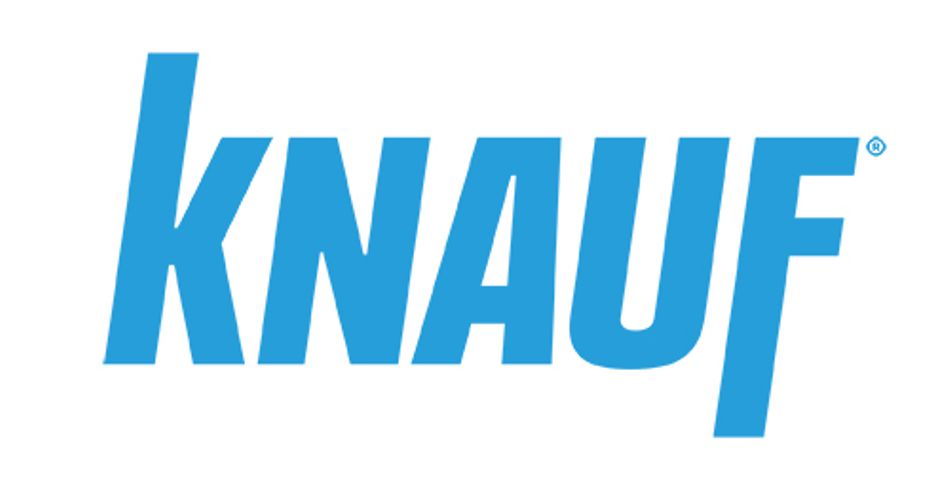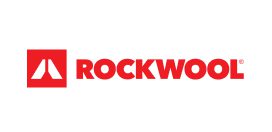Media Contact
Stacy Fitzgerald-Redd, sfitzgerald-redd@naima.org
(240) 320-3045
New research sponsored by NAIMA and conducted by ICF Consulting shows that 89 percent of U.S. single-family homes are under-insulated.
For this study, an “under-insulated” home meets an energy code less stringent than the 2012 IECC. Using this definition, ICF quantified the percentage of single-family detached dwellings considered under-insulated. The study results showed that most U.S. homes are under-insulated compared to the 2012 IECC baseline.
The 2012 IECC was selected as it has achieved widespread adoption, with easily achievable levels of envelope efficiency. Twenty-two of 50 states have adopted an energy code equivalent to the 2012 IECC or better.
Using the National Renewable Energy Laboratory (NREL) 2024 ResStock database, ICF extrapolated a sample of 1 million U.S. homes for this study. Those homes are representative of the construction in all climate zones and regions, with varied ages, geographic locations, foundation types, and geometries.
“This research underscores the need to retrofit homes with air sealing and insulation since almost 9 out of 10 homes are under-insulated,” said Curt Rich, president and CEO of NAIMA. “The good news is that homeowners can now take advantage of the 25C tax credit to conduct insulation retrofit work. The tax credit is worth $1,200 and can be claimed every year through 2032. There has never been a better time for homeowners to make their homes more comfortable and lower their utility costs by re-insulating their attic.”
Energy efficiency advocates agree that insulating and air-sealing homes is a great way to improve home comfort while reducing energy costs for all homeowners.
Steve Nadel, executive director of the American Council for an Energy-Efficient Economy, said, “Poorly insulated homes cause high energy bills, uncomfortable temperatures, and needless damage to our climate from wasted energy. This report shows that under-insulated homes are unfortunately not a rare occurrence but rather the norm. Our policymakers should redouble efforts to help residents better insulate their homes and ensure brand-new homes are built with proper insulation from the start.”
To access the final report from ICF, click here.
###
About NAIMA
NAIMA is the association for North American manufacturers of fiber glass, rock wool, and slag wool insulation products. Its role is to promote energy efficiency and environmental preservation through the use of fiber glass, rock wool, and slag wool insulation, and to encourage the safe production and use of these materials. Our website is insulationinstitute.org.











